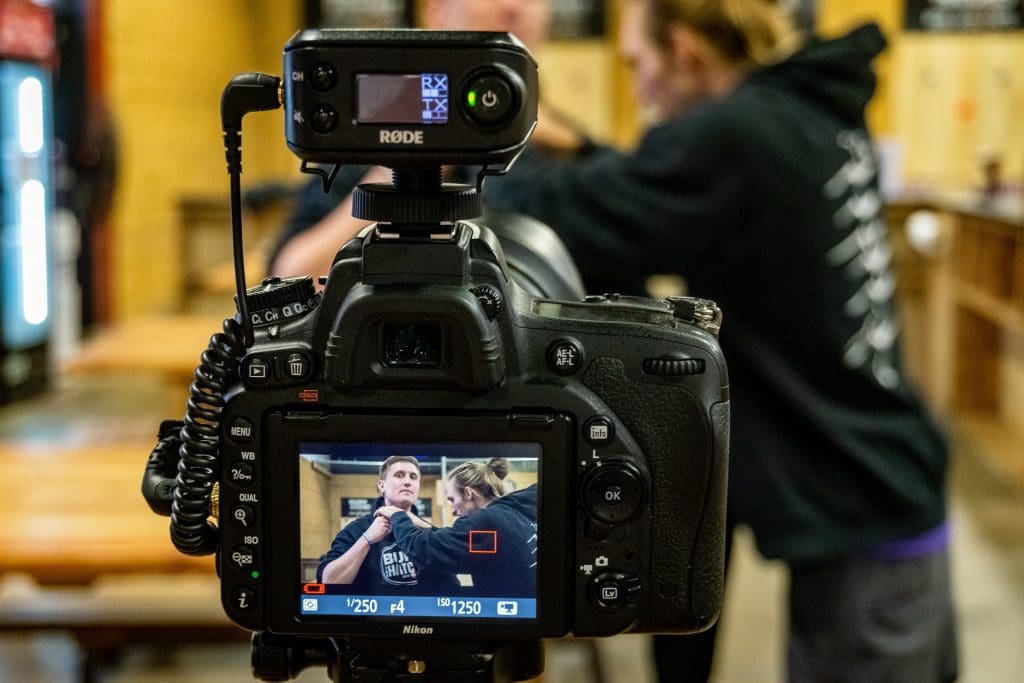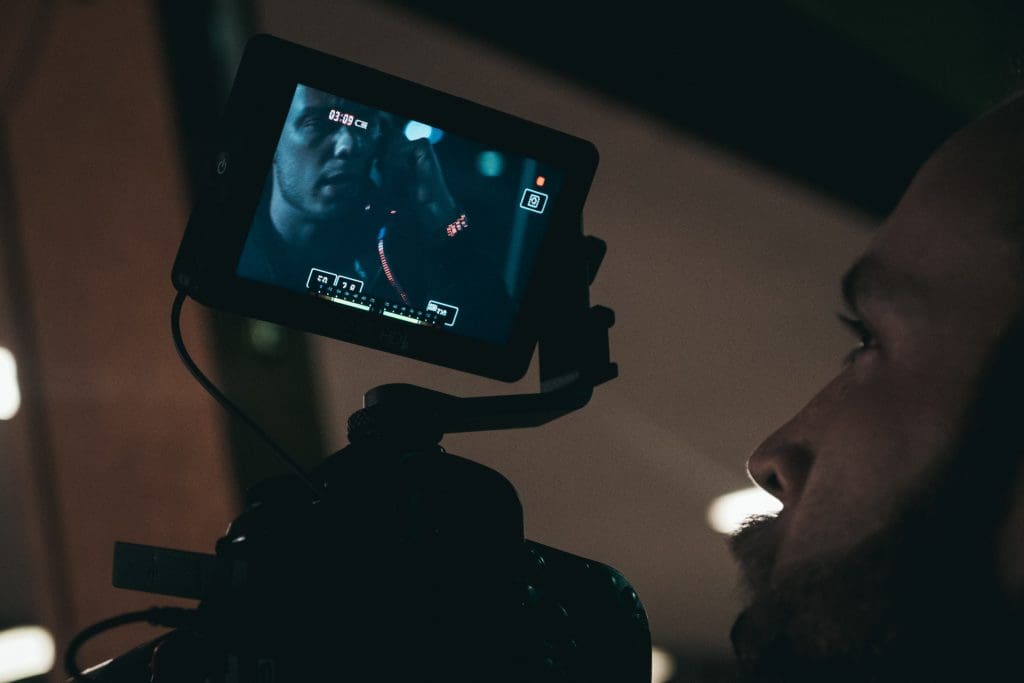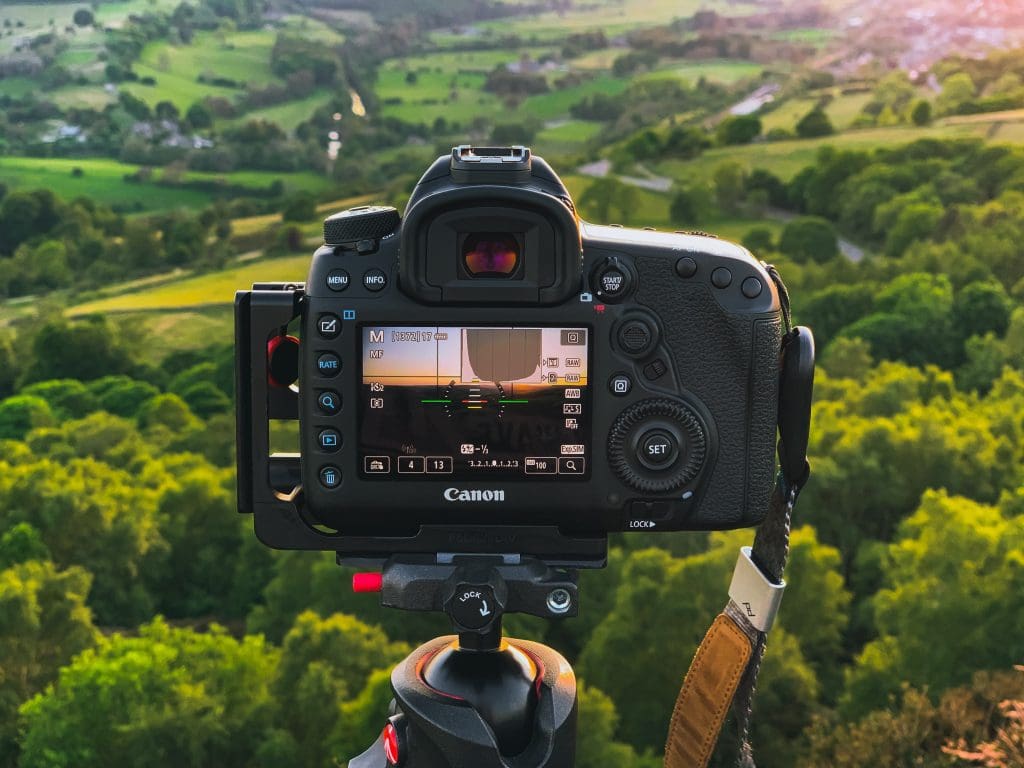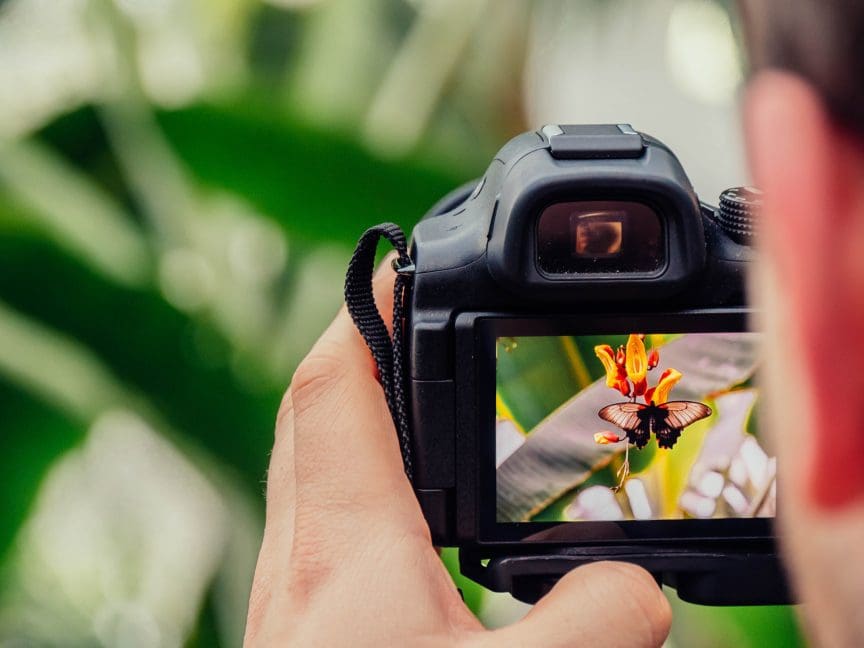Moving back and forward between photography and videography is natural for many photographers. It helps you grow as an artist, expand your commercial potential, and explore the art of multimedia production. Yet, it’s not always easy to find the budget for new gear, especially when you don’t have an established business. The good news is that you don’t have to. You can use your DSLR camera to shoot videos.
3 Good Reasons to Use Your DSLR Camera for Recording Videos
You invested a lot of time and energy in learning to use your camera and got to know by heart all its best and worst features. You know how well it works in a low-light environment, how much you can push it at extreme temperatures, and how much time you can hold it before your hands get tired. All this experience comes in handy when you start a learning curve in videography. So the main reason for using your DSLR camera is that you are familiar with it.
Secondly, your DSLR camera might be pretty good at recording videos. A full-frame camera, for example, produces high-quality images and, most probably, has a built-in microphone to record audio footage. If the subject of your film is relatively close to the camera, and you don’t have to move the camera too much to follow it, your DSLR might be as good as any video camera. Moreover, you already have a few accessories that might help, such as different lenses, a tripod, a battery grip, and a large memory card.
The third reason for starting videography with your current camera is the cost. If you are not sure you’ll follow a career in that direction, you shouldn’t invest more than is necessary. For TV-like videos (e.g., interviews, reportages, etc.), YouTube tutorials, short cooking demonstrations, and other types of short commercial videos, it’s better to have a paying customer before going to the video gear shop.

Photo by Harrison Kugler on Unsplash
Additional Gear for High-Quality Video Recording
Nevertheless, some pieces of equipment can improve the quality of your videos without overloading the budget. Based on the type of video you want to record, you should consider adding to your gear an external microphone, a gimbal tripod head for smooth panning and tilting, continuous artificial light sources, and an external monitor.

Photo by KAL VISUALS on Unsplash
Make sure your camera has inputs for additional accessories. Also, check that the total weight of your gear doesn’t exceed the loading capacity of your tripod. Otherwise, you’ll need a new tripod too. You should also have enough batteries and memory cards as videos need more disk space than photographs.

Photo by Ben Griffiths on Unsplash
Curiosity is the most powerful thing you own, says James Cameron. Don’t be afraid to try videography and see where it gets you. Use your camera at its maximum and make informed decisions when buying new gear: master composition, lighting, and storytelling. Finding the right equipment will become second nature soon.
When you’re out working or shooting for fun, remember you can use your DSLR camera to shoot videos. So on your next adventure, give it a try.
Cover photo by Jamie Street on Unsplash

